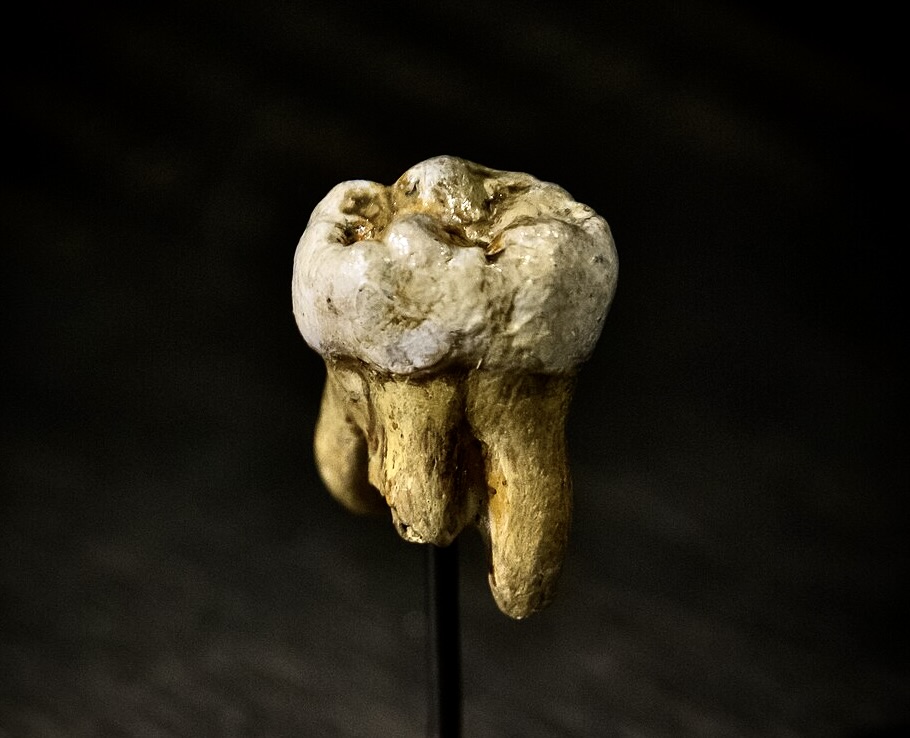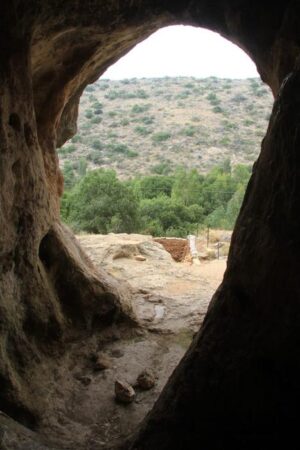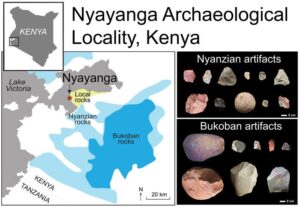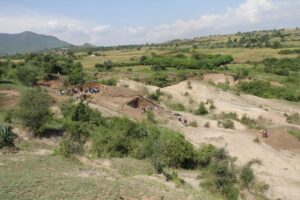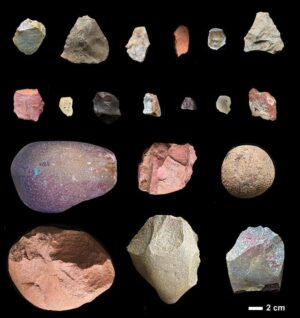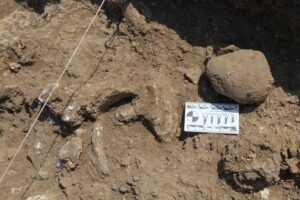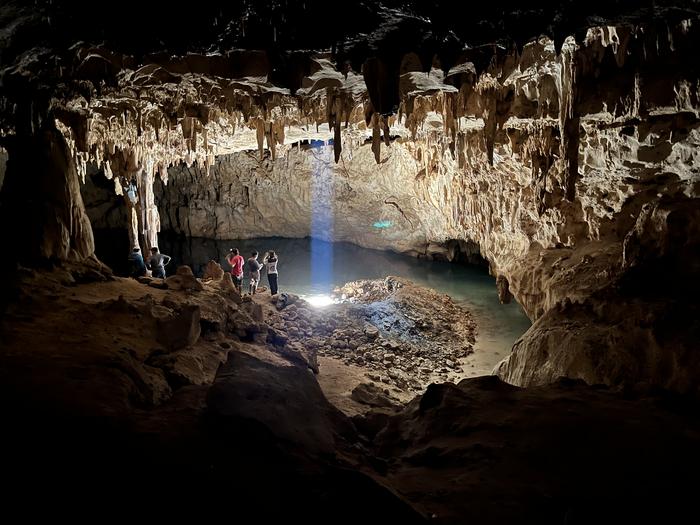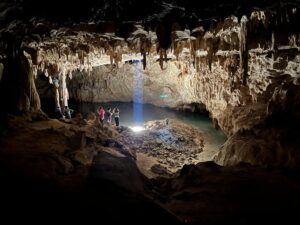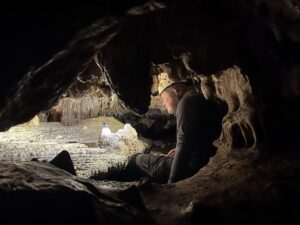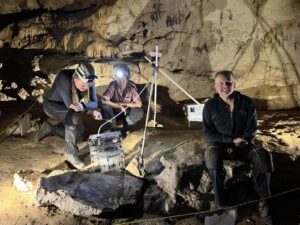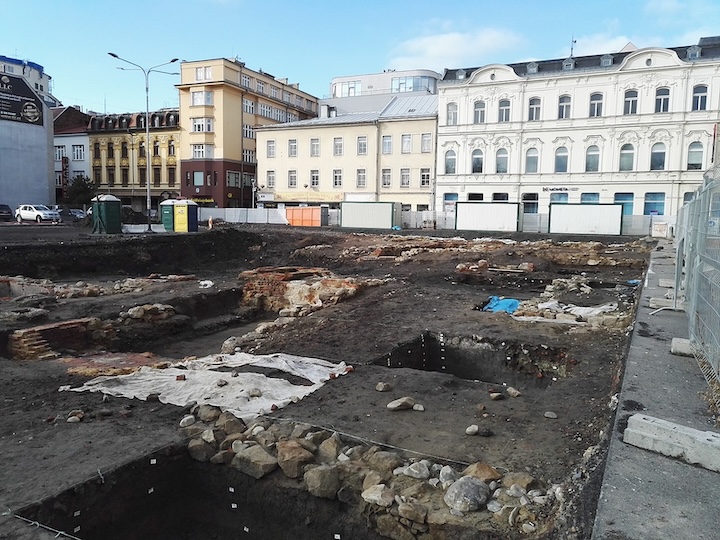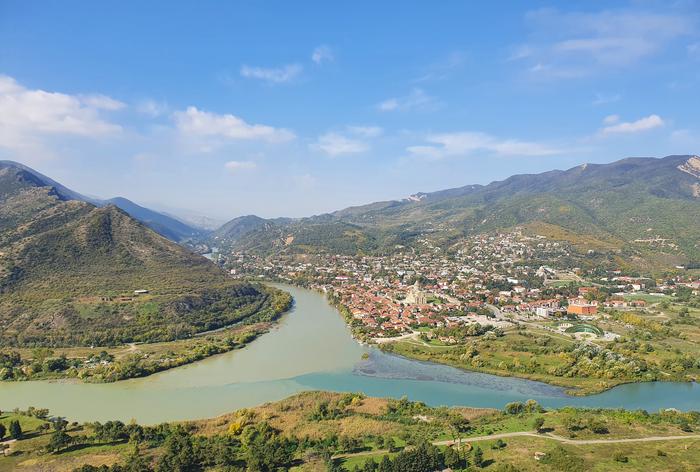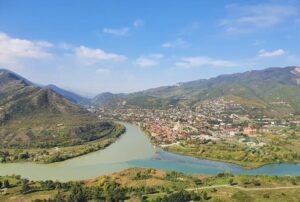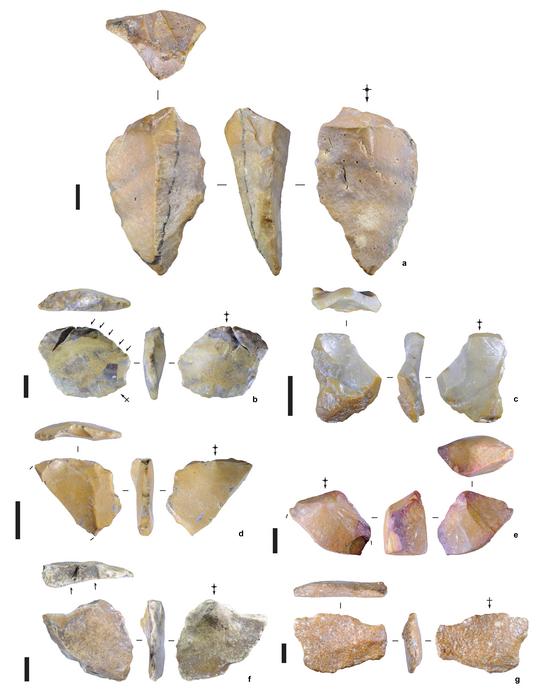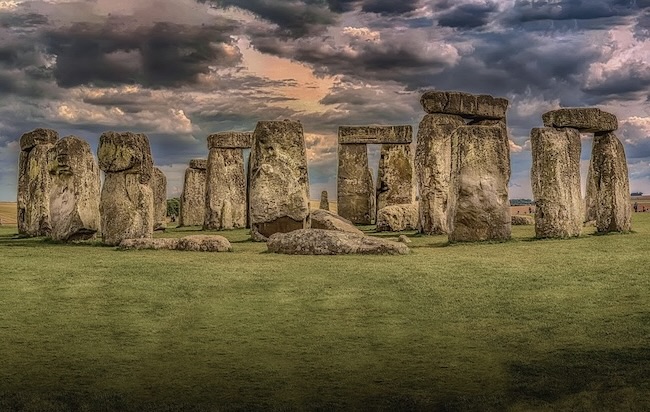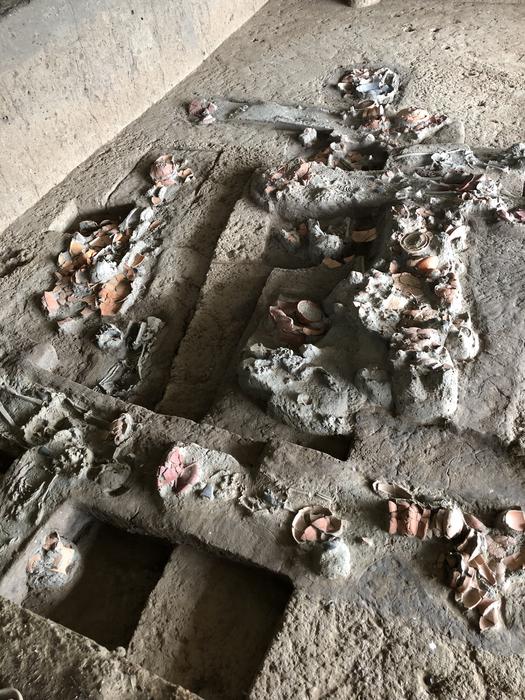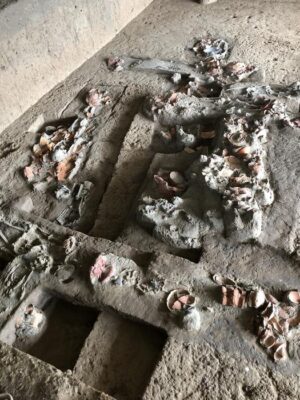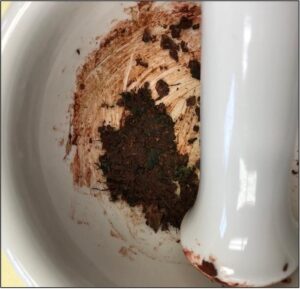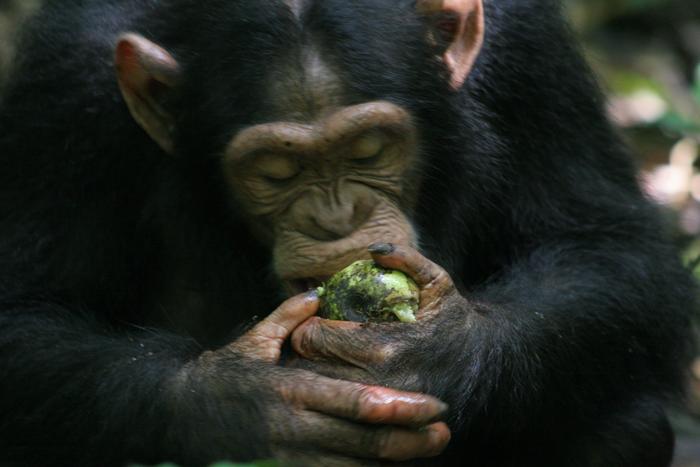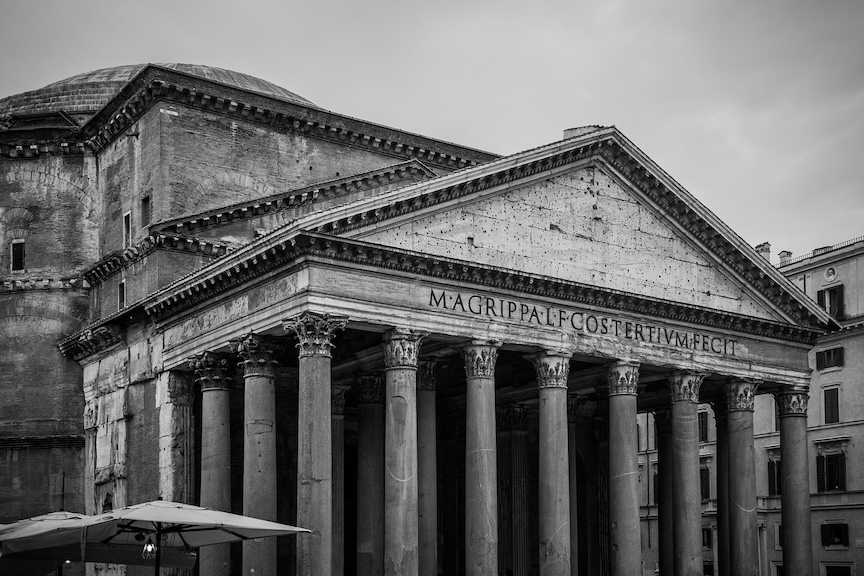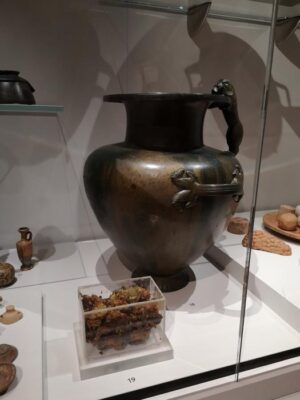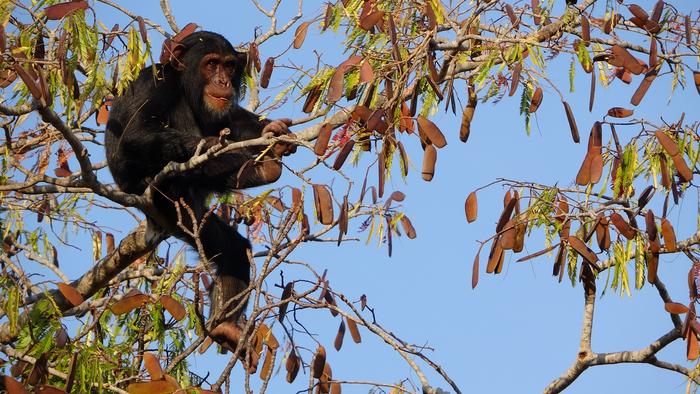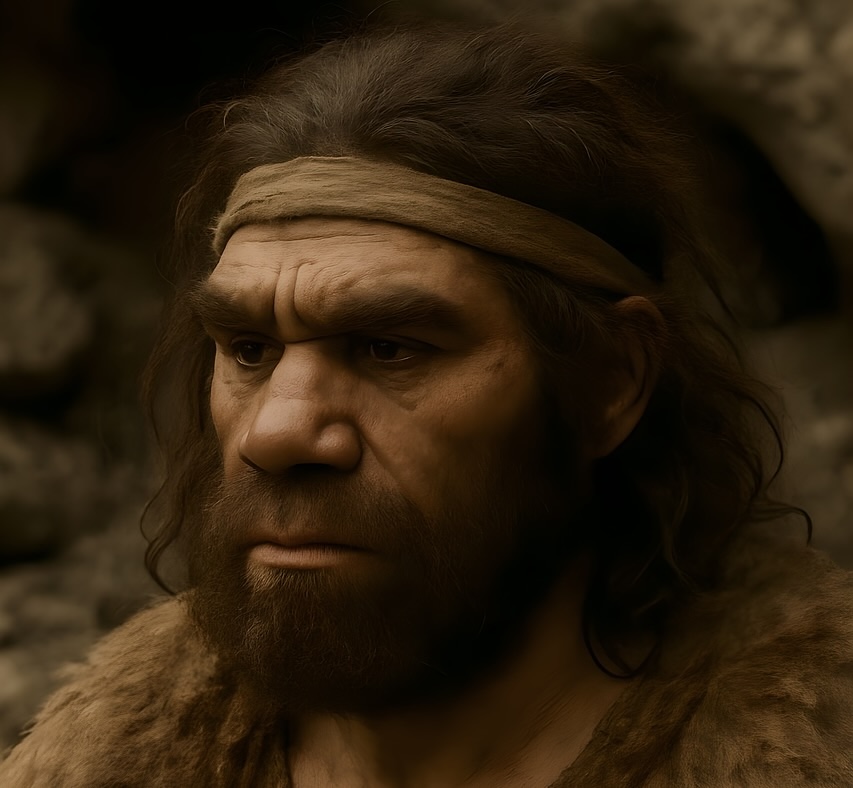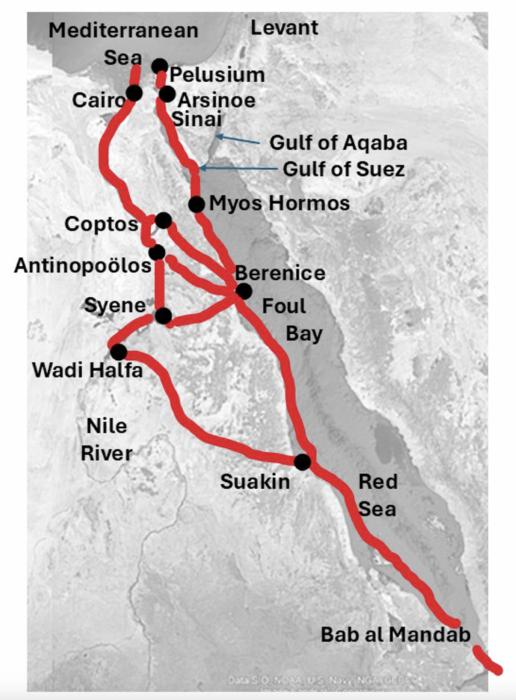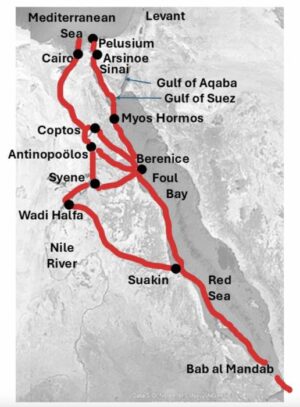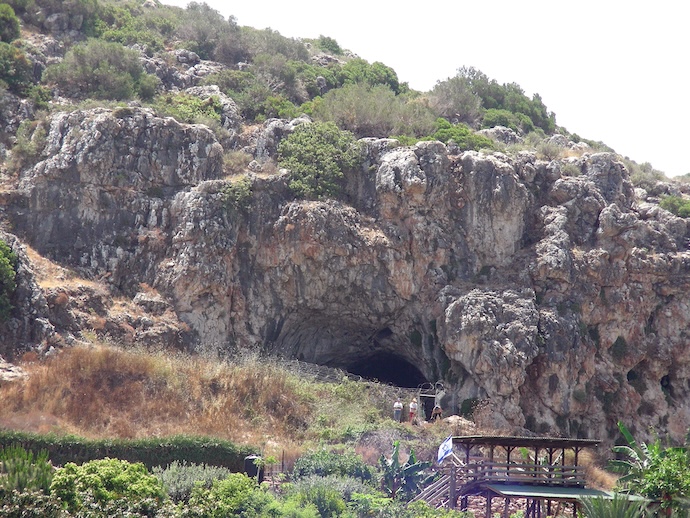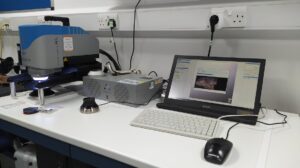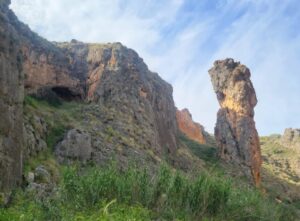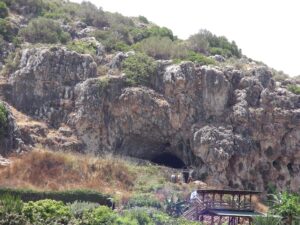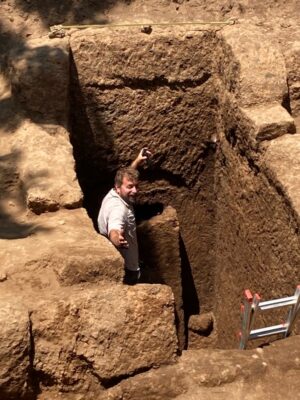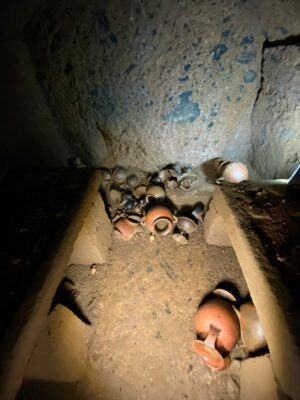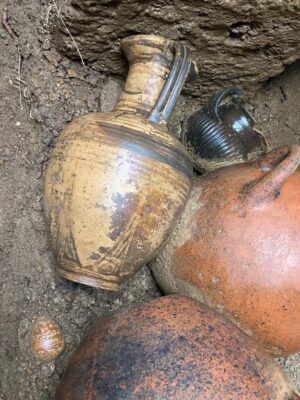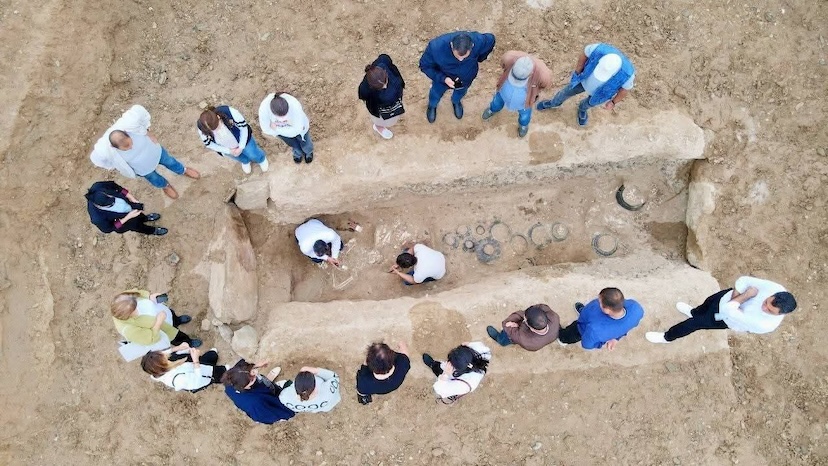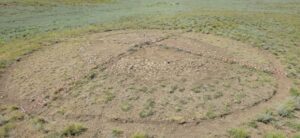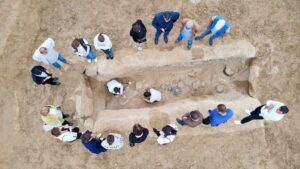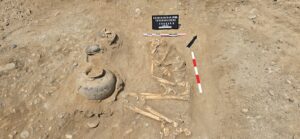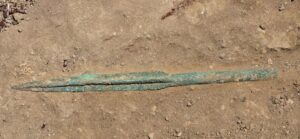
Xagħra, Gozo, Malta – August 22, 2025 – Archaeologists and heritage activists have launched an urgent parliamentary petition to save the Santa Verna Temple archaeological landscape in Xagħra, Gozo, as nearby construction threatens one of Malta’s most significant prehistoric sites. The ancient temple complex and the landscape context faces immediate destruction from approved development including 18 houses, swimming pools, and two roads, with one road already cutting directly through the temple’s protective buffer zone.
Critical Heritage at Risk
The Santa Verna Temple, dating to around 3,200–2,500 BCE, represents one of Malta’s earliest temple structures. Recent archaeological discoveries in the area include: Neolithic burial pits containing children’s remains with significant potential for ancient DNA analysis; intact prehistoric stratigraphy documenting thousands of years of human occupation; cave systems and burial chambers connected to the broader Xagħra archaeological landscape; and artifacts and environmental evidence crucial for understanding Malta’s earliest civilizations. The threatened landscape encompasses not only Santa Verna but connects to other major archaeological sites including the Xagħra Circle and the world-famous Ġgantija Temple complex.
Immediate Development Threats
Despite the landscape’s archaeological significance, construction has proceeded with: 18 residential properties approved for construction in the immediate vicinity; swimming pools and infrastructure planned within the sensitive archaeological zone; two access roads with one already cutting through the temple’s protective buffer; and ongoing excavation work proceeding without adequate independent archaeological monitoring. “We are witnessing the systematic destruction of irreplaceable archaeological evidence,” said Ian ( Janus777), heritage campaigner and member of malta-arch.com. “Recent discoveries of Neolithic burial pits with children’s remains demonstrate the incredible scientific potential being lost forever to development.”
Petition Demands
The parliamentary petition (parliament.mt/en/petition?id=292) calls for: 1. emergency Conservation Order to halt all construction within the archaeological landscape; 2. expanded buffer zone encompassing the entire Xagħra archaeological landscape; 3. independent archaeological monitoring of all permitted works; 4. public archaeological study to document and preserve remaining evidence ; and 5. protection of environmental and historical context including ancient DNA preservation protocols.
Growing Support and Public Action
The petition has gathered over 500 signatures and continues to grow as awareness spreads. A public “Archaeology Awareness Walk” is scheduled for August 23, 2025, to highlight the threatened landscape and build support for protection measures.
International Significance
Malta’s prehistoric temples represent some of the world’s oldest free-standing stone structures, predating Stonehenge and the Egyptian pyramids. The potential loss of Santa Verna and its archaeological context represents an irreversible loss to global heritage understanding. “This isn’t just about Malta,” explains the campaign. “These sites hold keys to understanding early European civilization, agricultural development, and prehistoric society. Once destroyed by development, this evidence is lost forever.”
Official Response
While the Superintendence of Cultural Heritage maintains that permitted works are properly supervised, heritage advocates argue that current protections are inadequate for preserving the site’s full archaeological potential and scientific value.
Important facts about the
- It’s not the megalithic site itself that’s under threat, but the wider archaeological landscape around Santa Verna, particularly ancient caves and a Neolithic burial pit.
- Santa Verna is not a UNESCO site. It’s a “Class A” archaeological site under Maltese law, which in theory affords the highest protection. In practice, the buffer zone is far too small, leaving significant parts of the surrounding area exposed to both questionable legal projects and outright illegal development.
- Only one burial pit has been formally identified so far. That said, there are other features resembling burial pits nearby, which authorities have so far chosen not to investigate.
- The temple itself dates to around 3,200–2,500 BCE (about 5,000 years old). The real danger lies in the surrounding landscape, which holds evidence of a village dating back to roughly 5,400 BCE, about two millennia earlier.
- The threatened area, about 230 m from the temple, known as Ta’ Lablab, contains not only the Neolithic children’s burial pit but also an important cave system. Shockingly, authorities approved its demolition in exchange for a mere €5,000 “Heritage Gain” settlement. While not part of the megalithic complex, Ta’ Lablab was clearly part of the same prehistoric landscape and likely home to the farmers and builders of both Ggantija and Santa Verna.
For more information, see the Malta-Arch website at https://www.malta-arch.com/
________________________________

Remains of megalithic Santa Verna Temple, Xagħra, Gozo, Malta. Dreizung, CC BY 3.0, Wikimedia Commons
________________________________

Above and below: the Santa Verna temple remains. Image courtesy Matla-Arch.
________________________________

________________________________
Article Source: Malta-Arch news release.

